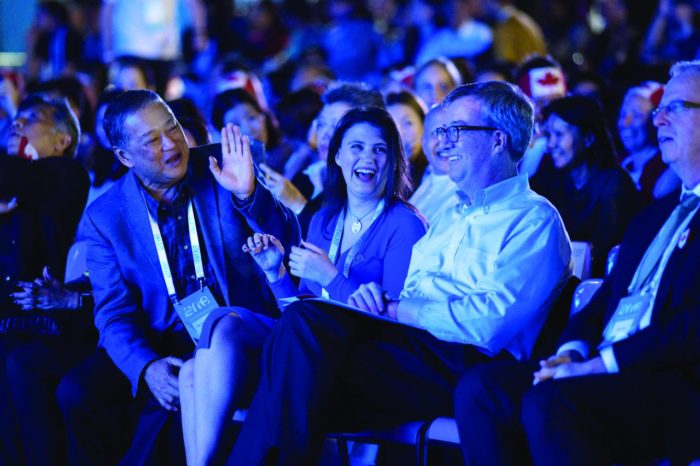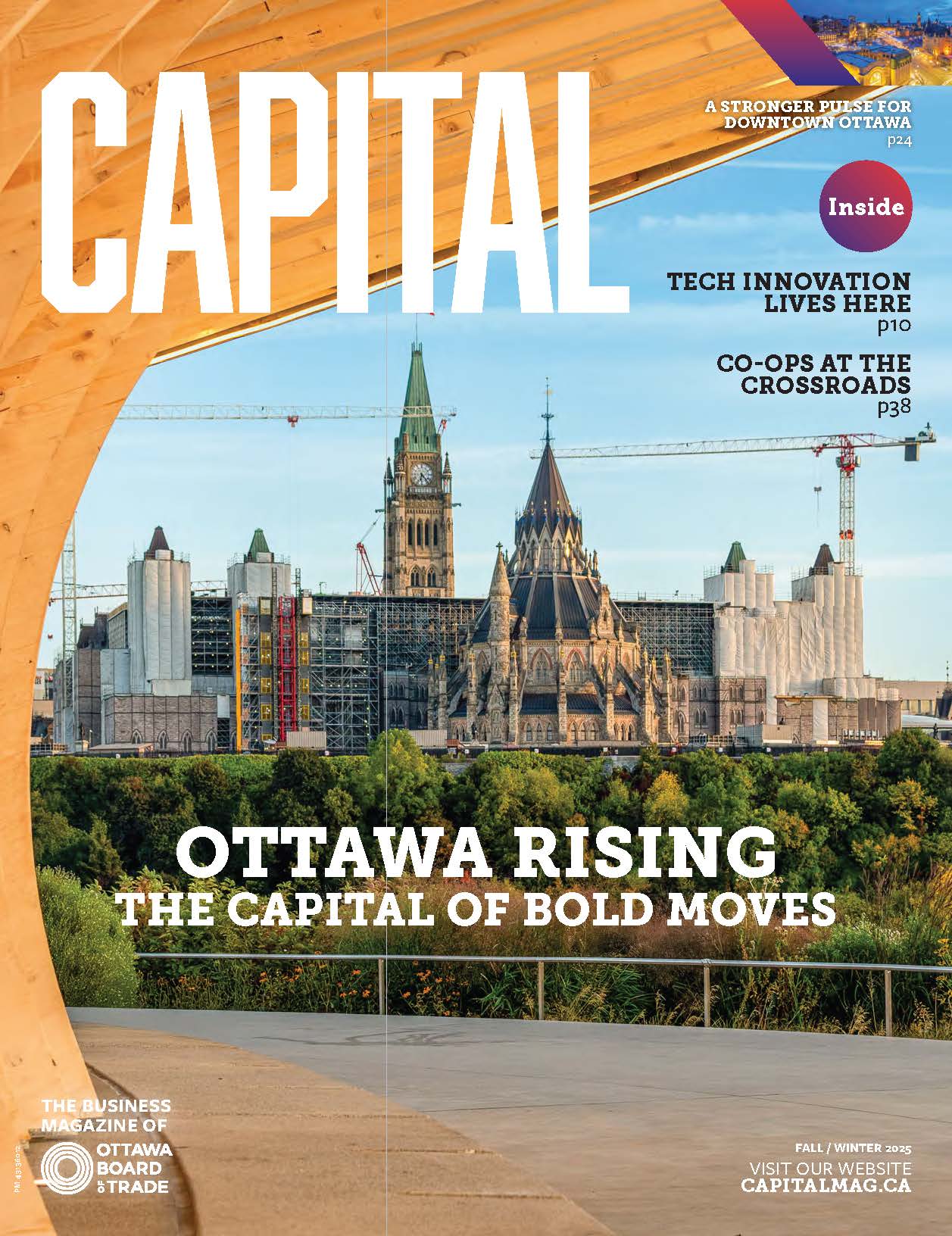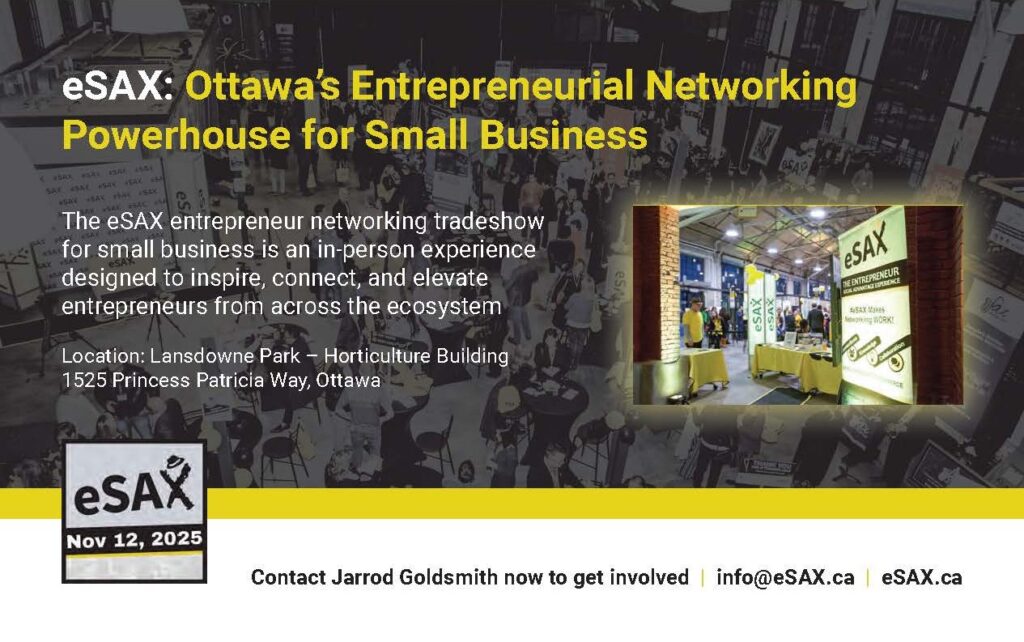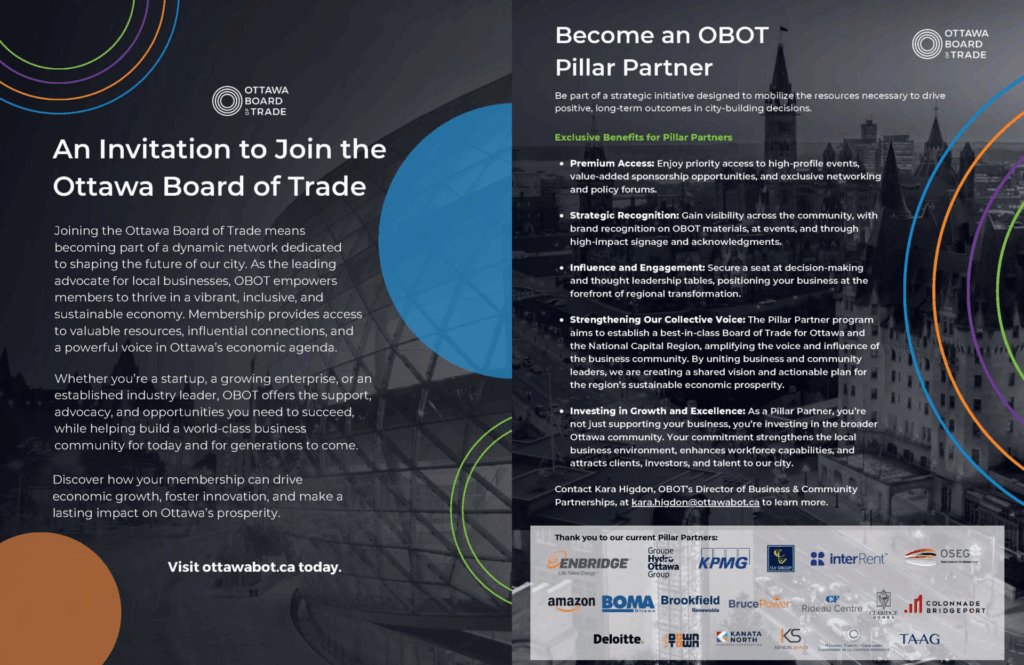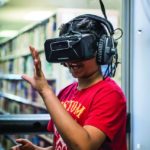Attracting the World: Reimagining Success
Canada Science and Technology Museum combines artifacts with virtual reality to reach a global audience
By Barbara Balfour
As it expands its reach into previously untapped digital worlds, the Canada Science and Technology Museum is redefining what it means to be a successful public institution.
“By bringing content to Canadians rather than waiting for them to walk through its doors, the museum is venturing far beyond outdated success measures of physical attendance figures,” says CEO Alex Benay.
“We’re not just staying within Ottawa, because that’s not a reflection of the world we live in. Someone in Iqaluit can check out our exhibition about lighting on their smart phone and once established, our 3-D lab can print anywhere across the country. We come to see you on your phone, through multimedia video games or virtual reality to tell you the stories about our artifacts and get our content out beyond the four walls.”
Those four walls, once unveiled in November 2017 in time for the museum’s 50th anniversary, are nevertheless highly anticipated in the capital. Located in the old site off St. Laurent Blvd., along the city’s second busiest traffic corridor, the $80.5 million redevelopment will feature 90,000 square feet of exhibition space and a 6,000 square foot storage facility.
So far, the museum is being delivered on time and under budget, says Benay—and its international counterparts have already come calling. “We’re forming partnerships with museums in the Netherlands and Israel, acquiring artifacts from Italy, and looking at procuring international (exhibition) loans,” he says.
“The second you go digital, you go global by default. To connect to youth we need to do so in the world they reside in, which is digital—and we must also determine how to answer the question of how we can tastefully monetize a public institution.”
To do so, the museum plans to continue blending the digital, virtual and experiential worlds with the artifact world, increasing its 3-D and virtual reality programs while engaging in greater national and international dialogue.
This includes continuing to make video games—its most recent, Ace Academy: Black Flight was developed in partnership with the Canada Aviation and Space Museum, and allows players to recreate WWI flight battles in a historically accurate way. So far, it’s been downloaded in 172 countries.
Another game soon to be released tells the story of human colonization of the solar system through the eyes of a female captain.
A virtual-reality simulation of the 1936 CN 6400 steam locomotive will allow visitors to operate it in 4-D, pulling the horn and feeling the wind on their face.
“We’re half museum, half science centre, and we really want to be different from what’s already out there,” says Benay.
“The temporary closure of the Science and Technology Museum really turned into an opportunity to reinvent itself. If you don’t have a box to think in, you automatically try new things—we’ve worked with ComicCon and featured the world premiere of Star Trek’s Starfleet Academy Experience, including a gala event attended by William Shatner.”
“We reached 15 million people this past year alone through outreach and social media.”
Barbara Balfour is a freelance journalist, TV host and producer based in Ottawa. If she’s not flying planes in the throes of battle at the Aviation and Space Museum, she can be reached at www.barbarabalfour.com.








